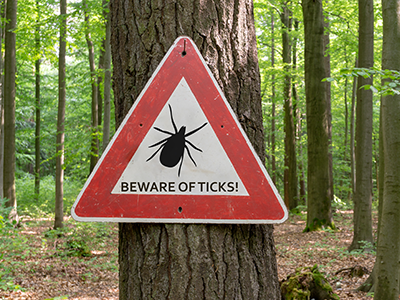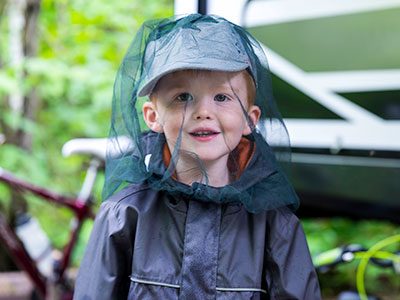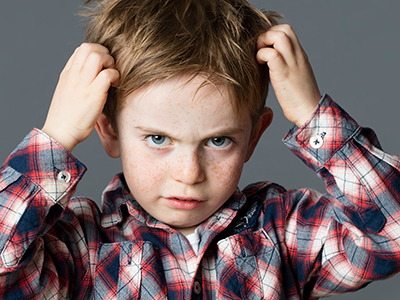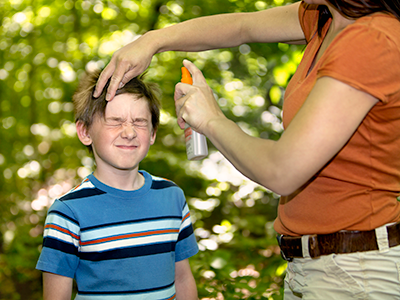When a child reaches for his scalp and starts to vigorously scratch, parents pray for dandruff. Unfortunately, for school-aged children this itch is often caused by lice. But lice doesn’t have to be scary. Below, Children’s National pediatrician Lee Beers, MD, offers advice on how to treat lice.
Head lice, or Pediculus humanus capitis, are parasitic insects that can be found on human hair – head, eyebrows and eyelashes – according to the Centers for Disease Control and Prevention. While lice do feed on human blood and live close to the scalp, they are not known to spread diseases. Additionally, a child infested with lice is not a sign of poor hygiene.
Dr. Beers advises parents to keep calm if they find a louse or nit (lice eggs) in their child’s scalp.
“Don’t panic – it’s very common. Second to the common cold, it’s the most contagious infectious disease a child can get,” Dr. Beers said.
How do you check for head lice?
- Seat your child in a brightly lit room.
- Part the hair and look at your child’s scalp.
- Look for crawling lice and for nits:
- Live lice are difficult to find – they avoid light and move quickly.
- Nits will look like small white or yellow-brown specks and be firmly attached to the hair near the scalp, the easiest place to find them is at the hair line at the back of the neck or behind the ears.
- Nits can be confused with many other things, such as dandruff, dirt particles, or hair spray droplets.
- Use a fine-toothed comb to help comb out the lice or nits. Comb through your child’s hair in small sections. After each comb-through, wipe the comb on a wet paper towel. Examine the scalp, comb, and paper towel carefully.
Dr. Beers suggests wetting the child’s hair with conditioner or olive oil and paying special attention to the nape of the child’s neck when checking for lice.
Once the lice are found, make sure to inform your child’s school, then think about how you want to treat the lice.
How to get rid of lice
Chemicals are the most effective method of treating lice:
- Purchase shampoos or cream rinses that contain 1 percent permethrin, the chemical that treats lice.
- Read labels carefully, as some treatments have age-restrictions.
- You may need to use more than one treatment. The American Academy of Pediatrics recommends a second treatment 7-10 days following the first one.
- Comb through treated hair to remove remaining nits.
- Consult a pediatrician if you have any questions.
The comb-out method is less effective and may take longer to remove the lice:
- Comb out damp hair with a fine-tooth comb every day for about two weeks
“Additionally, parents should wash sheets, bedding, towels – anything that has touched the child’s hair in the past 24 hours – with hot water and dry in high heat,” Dr. Beers says. “And anything that can’t be washed, like a stuffed animal, should be sealed in plastic bags for two weeks.”
How to keep lice from spreading in the family
- Avoid touching each other’s’ hair
- Don’t share hats and combs
- Avoid wrestling
- Treat everyone in the household with either lice shampoos or the comb-out method – this goes for parents too
Dr. Beers says that once treatment has begun, the child should return to school. While lice can take about two weeks to go away completely, this is not a reason for children to unnecessarily miss school.
If you have questions about lice, ask your child’s pediatrician.
 https://riseandshine.childrensnational.org/wp-content/uploads/2019/07/Tick-insect-warning-sign-feature.png
300
400
Rise and Shine
https://riseandshine.childrensnational.org/wp-content/uploads/2017/11/childrens_riseandshine_logo.jpg
Rise and Shine2019-07-11 07:00:432019-09-11 14:22:58Diseases spread by insects
https://riseandshine.childrensnational.org/wp-content/uploads/2019/07/Tick-insect-warning-sign-feature.png
300
400
Rise and Shine
https://riseandshine.childrensnational.org/wp-content/uploads/2017/11/childrens_riseandshine_logo.jpg
Rise and Shine2019-07-11 07:00:432019-09-11 14:22:58Diseases spread by insects






Thank you for informing us that a child infested with lice is not a sign of poor hygiene since they’re quite contagious, only second to the common cold. I discovered nits on my daughter’s hair the other day, so I wanted to get the lice removed immediately. I’ll have to look for a healthcare clinic soon that offers head lice removal services.